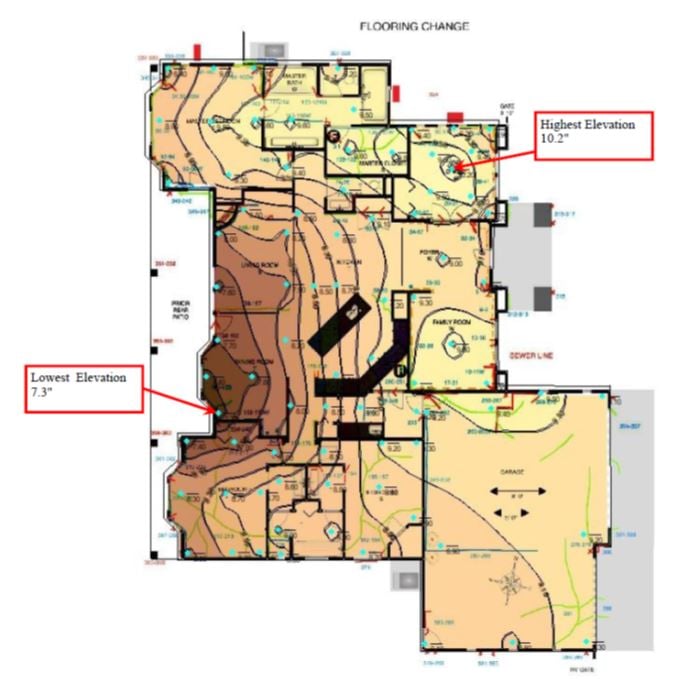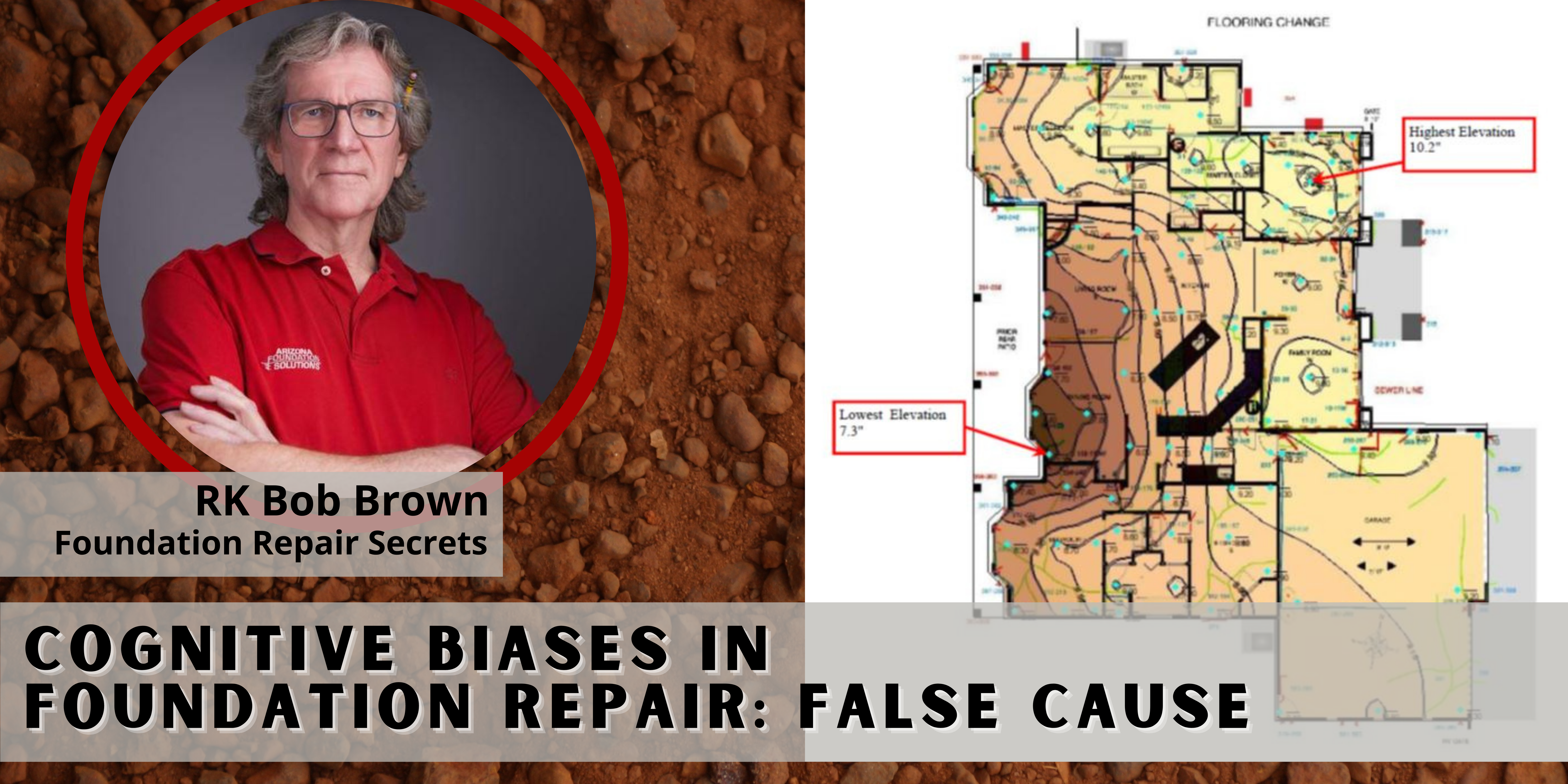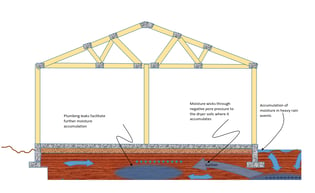More Biases that interfere with Foundation Diagnoses: False Cause
False Cause Fallacy is commonly defined as ‘mistaking correlation for causation’. Humans have succeeded as the dominant species largely for associating things to better cope with a largely unpredictable world. As an example, the position of the sun and stars are used to predict the seasons. Stonehenge, built over 5,000 years ago, was constructed to let the morning sun shine done certain pathways on the longest and shortest days of the year indicating the start of winter and summer. Understanding animal migrations, planting seeds to grow crops, and many other things are examples that have helped humans cope with nature. This penchant for noticing correlation has been passed down to us genetically and culturally.
However, correlation is not the same as causation. Note: the winter solstice does not cause winter. Correlating a decrease in pirate activity with solar flare activity does not mean one caused the other. The winter solstice actually is a causal factor of winter…. Shorter days cause colder temperatures; however noticing them does not cause the colder temperature. A subtle if not clear distinction. The pirate analogy helps clear up the concept.
In foundation performance diagnoses, there are plenty of opportunities to confuse correlation with causation; this can lead to a misdiagnosis of the overall foundation problem. The most important tool in foundation investigations is the floor level survey (usually accompanied with colored topographical lines). One of the most common errors is to associate high areas or low areas with foundation heave or foundation settlement. Floor surveys are relative; meaning there is no absolute benchmark and therefore the points are only meaningful in relation to each other. There is no way to tell if an area has gone up or down simply by noting highs and lows. Association is not causation.
"Confusing correlation with causation in a foundation investigation can lead to a misdiagnosis of the overall foundation problem." -RK Bob Brown
As noted in my earlier posted blog.”… there is no single smoking gun” rather all of the 17 other factors that need to be compiled in order to determine the cause of highs and lows on a topo survey. Often non-engineers will present a superficial report with a simplistic interpretation of topo analysis based on highs and lows often confusing correlation with causation.
An example is the below topographical map, taken during a recent Level B Foundation Investigation. The high area was initially assumed to be a result of foundation heave and the low areas on the west side, foundation settlement. The soil information indicated highly expansive clays. So the association of the high areas with expansive soils led to making an error in causation. The high areas were not caused by heaving expansive soils as much as they were a result of settlement of deeper soils around those “high” areas. As it turned out they were high only because everything else was low.








